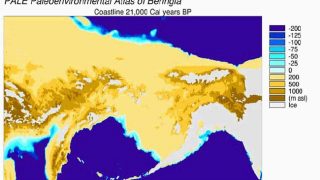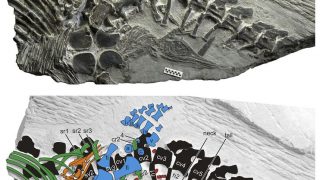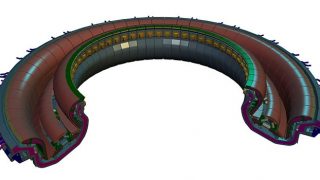
MI weekly selection #66
Humanities & Social Sciences • Science • Technology • Weekly Selection
Favorable weather gave rise to Genghis Khan Tree-ring scientists have linked favorable weather patterns with the rise of Genghis Khan and the Mongol empire, according a report in the Proceedings of the National Academy of Sciences, putting a new spin on the history of the Mongols. The steppes had an unusual 15-year period of rain […]








